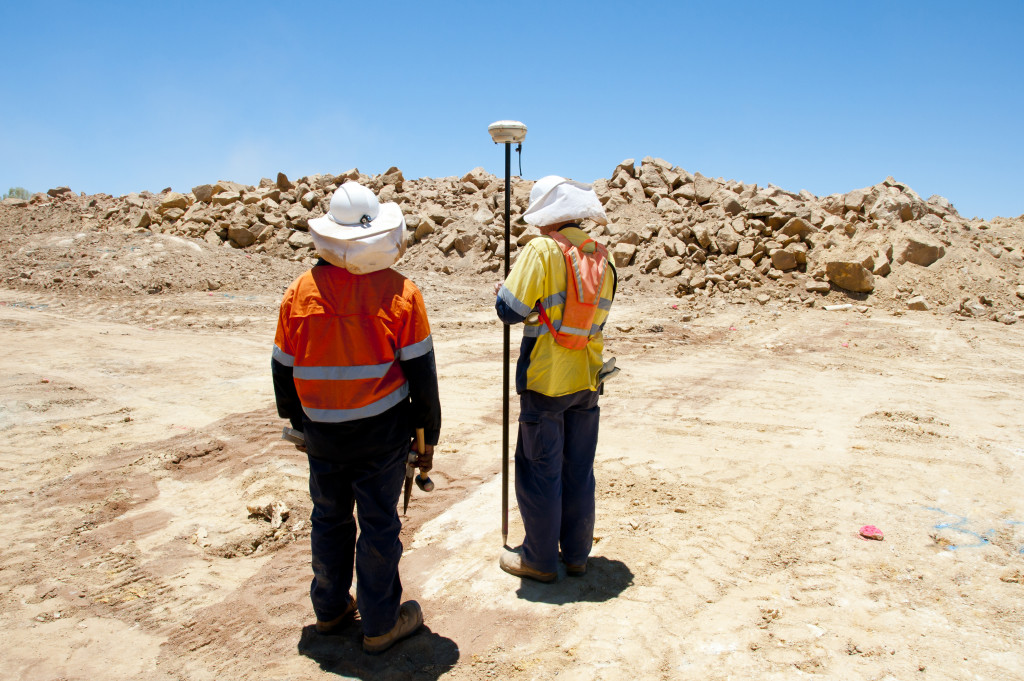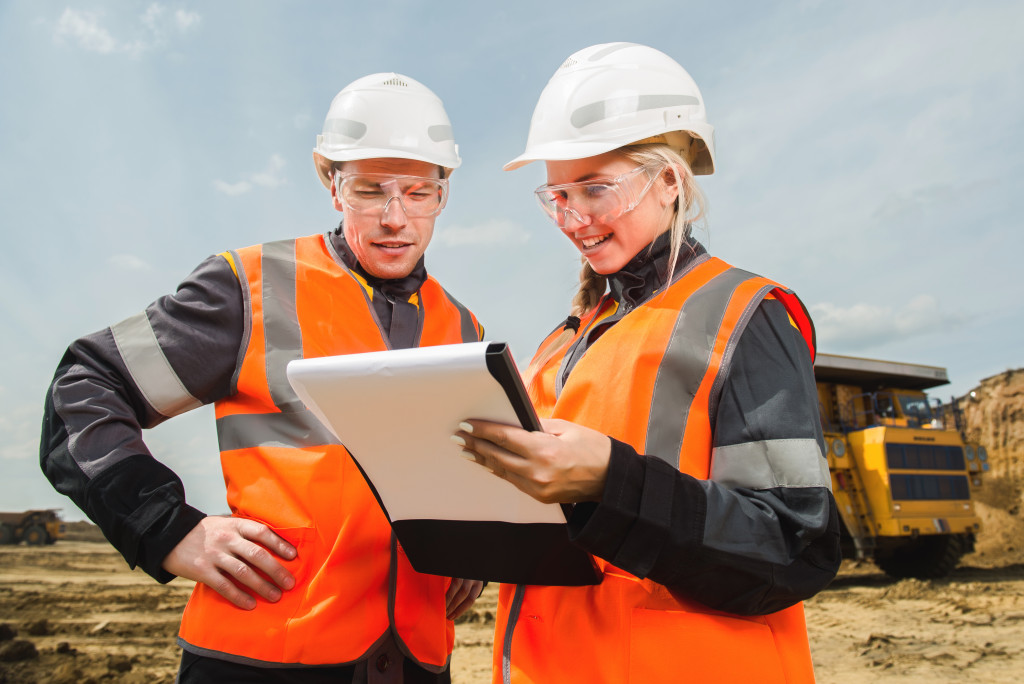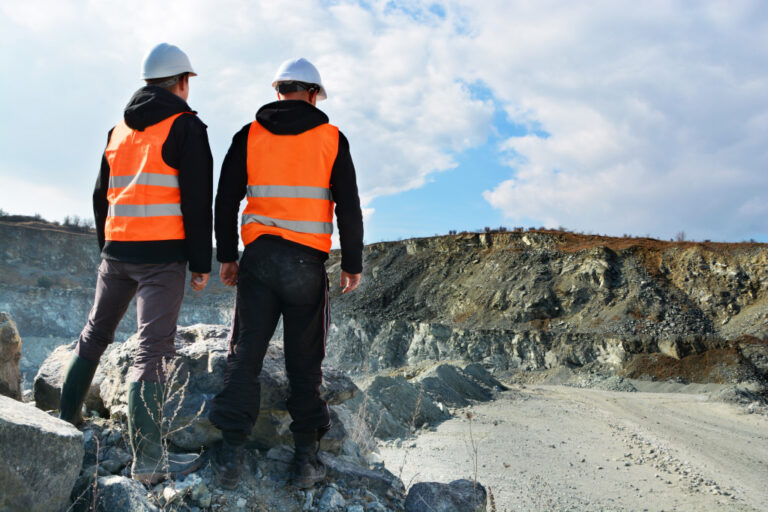- Mining companies are responsible for providing miners with a safe work environment.
- Various risk factors must be considered when assessing a mining site’s safety.
- Best practices should be implemented to keep miners safe.
- Safety assessments are essential for identifying potential hazards and ensuring that all personnel are updated on safety standards.
Mining is one of the most dangerous jobs in the world. Every miner risks injury or death due to hazardous working conditions and unsafe practices. As a mining company owner or safety officer, you must ensure miners have a safe work environment and use best practices to stay safe. Here’s an overview of mining safety best practices, risk factors, and safety assessments you should consider to prevent accidents.
Factors Affecting Mining Safety
When assessing the safety of a particular mining site’s safety, several risk factors should be taken into account.
- Thermal Stress: When temperatures become too hot, miners risk heat exhaustion, dehydration, or even heat stroke due to the physically demanding nature of their job. External and internal factors, including direct sunlight, high-temperature underground chambers, inadequate ventilation, and poor insulation, can cause thermal stress.
- Geologic Hazards: Geologic hazards such as cave-ins, rock fall, and explosions are all real risks in mining. These threats can be identified through thorough geologic assessments before starting work at a specific site.
- Chemical Hazards: Chemical hazards are an all too common threat in mining and can cause serious health issues, including respiratory illness, skin and eye irritation, and even organ damage. Common chemical hazards include exposure to dust, fumes, gases, and other hazardous materials. In some cases, the exposure may be from naturally occurring elements such as asbestos or silica dust.
- Lighting: Visibility plays a massive role in avoiding potential hazards. Poor lighting can limit the miner’s ability to identify risk factors and take measures to protect themselves effectively. Mining sites should be equipped with sufficient and reliable lighting sources, including both natural and artificial methods, to reduce the risk of accidents.
- UV Exposure: UV exposure is an often overlooked hazard in mining, yet it can have severe consequences for the health and safety of miners. Ultraviolet radiation, or UV, is a form of energy that can be broken down into three types: UVA, UVB, and UVC. Of these three, only UVA and UVB rays penetrate the earth’s atmosphere, meaning miners are at risk of direct exposure to these forms of UV radiation. Proper protective apparel and the use of appropriate sunscreen can help protect miners from overexposure to UV rays.

Best Mining Safety Practices
Mining safety is of utmost importance, and it is the responsibility of mining companies to ensure miners have a safe work environment. Mining companies should adhere to best practices to prevent accidents to achieve this goal. By implementing these measures, mining companies can help protect their employees from potential harm and create a safer working environment.
Proper Implementation of Apparel and Equipment
The right equipment and apparel can significantly prevent accidents, reduce injuries, and keep workers safe. For instance, proper Personal Protective Equipment (PPE) should be provided to miners and worn at all times, including gloves, hard hats, protective clothing, hearing protection, and respirators. Mining companies must also ensure they are using the latest safety equipment in accordance with industry standards, such as fall-protection systems, dust suppression devices, and ventilation systems.
Proper equipment utilization is vital in ensuring a safe and secure mining environment. Failure to properly set up equipment can have dire consequences, leading to injury or death. With that, miners must follow best practices when setting up their equipment to stay safe while working. Additionally, miners must be provided with the latest safety training, so they understand how to properly use the equipment and apparel, as well as when it is necessary to do so.
Rigorous Safety Standards
Mining safety standards are essential in keeping miners safe and preventing accidents. These regulations help ensure miners are provided with the necessary protective apparel, equipment, and training to stay safe while on the job. Mining companies must adhere to rigorous safety standards set out by regulatory bodies such as the Occupational Safety and Health Administration to protect workers.
The Occupational Safety and Health Administration (OSHA) is a regulatory body that sets and enforces standards for workplace safety, including those in the mining industry. OSHA’s safety standards for mining are designed to protect miners from potential hazards such as falls, explosions, air contaminants, and other dangers.
These standards also require that workers be provided with the necessary protective equipment, such as hearing protection and respirators, to keep them safe while on the job. From workers operating the coal trucks to those in the depths of the mine, all personnel must comply with OSHA regulations to maintain a safe working environment.
Electrical Safety
Electrical equipment in and around a mine, such as transformers, cables, and switchgear, must be properly maintained to ensure the safety of miners. Miners must understand how to identify potential electrical hazards to avoid danger or injury. When dealing with electrical equipment, miners should be aware of the possibility of electric shock, fire, and electrocution. To avoid these risks, workers should ensure electrical cables are properly insulated and use power tools and equipment rated for hazardous locations.
Proper Ventilation
Miners are at risk of respiratory illness, heat exhaustion, and other hazardous conditions without adequate ventilation. Proper ventilation prevents these dangers by providing clean air for workers and removing dangerous gasses from the workspace. The first step in ensuring adequate ventilation is inspecting the ventilation system for potential issues. This includes checking for faulty wiring, inadequate airflow, and other hazardous conditions. After examining the system, miners should ensure that proper ventilation systems are in place, such as fans and ducts, to provide clean air throughout the mine site.

Safety Assessments
To ensure optimal safety for workers on site, it’s important for mining companies to regularly carry out rigorous safety assessments of their sites and operations. These assessments should include physical inspections of equipment and interviews with workers regarding their on-site experiences; this will help detect any potential risks before they result in injury or death.
These assessments should also involve testing emergency systems such as fire extinguishers and evacuation routes so that miners know exactly what action needs to be taken during an emergency situation. Finally, all employees must receive regular training on proper operating equipment procedures and identifying potential hazards before they arise. This will help keep miners aware of any changes at the site while ensuring they remain up-to-date on all necessary information related to their job roles.
Mining safety is essential for keeping miners safe while on the job; however, it requires diligence on behalf of management teams and individual employees alike for it to be effective. With these measures implemented, mining companies can protect their greatest asset—their workers—and ensure everyone has a safe return home daily!




